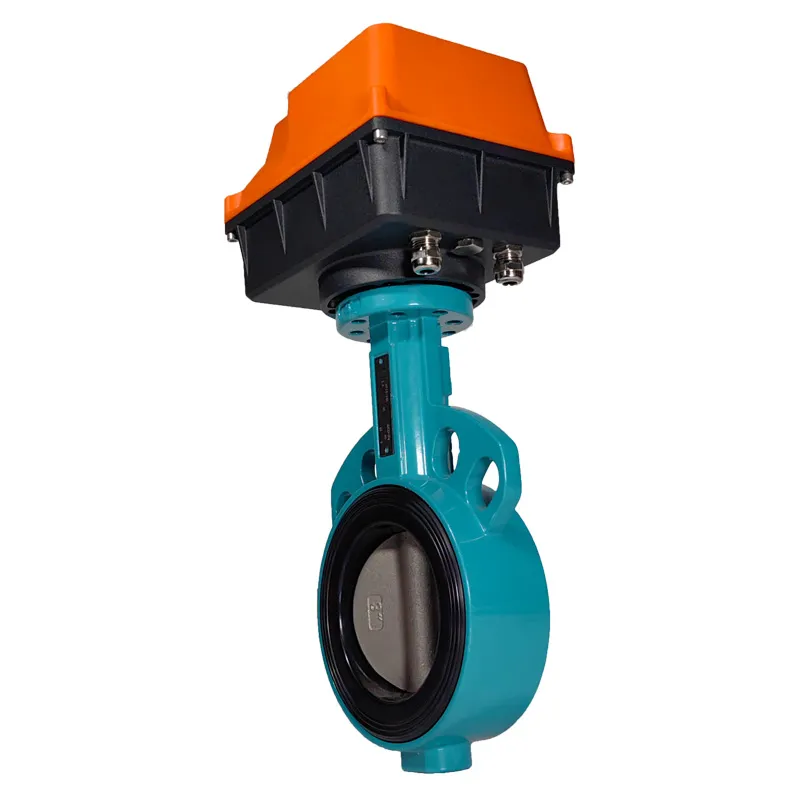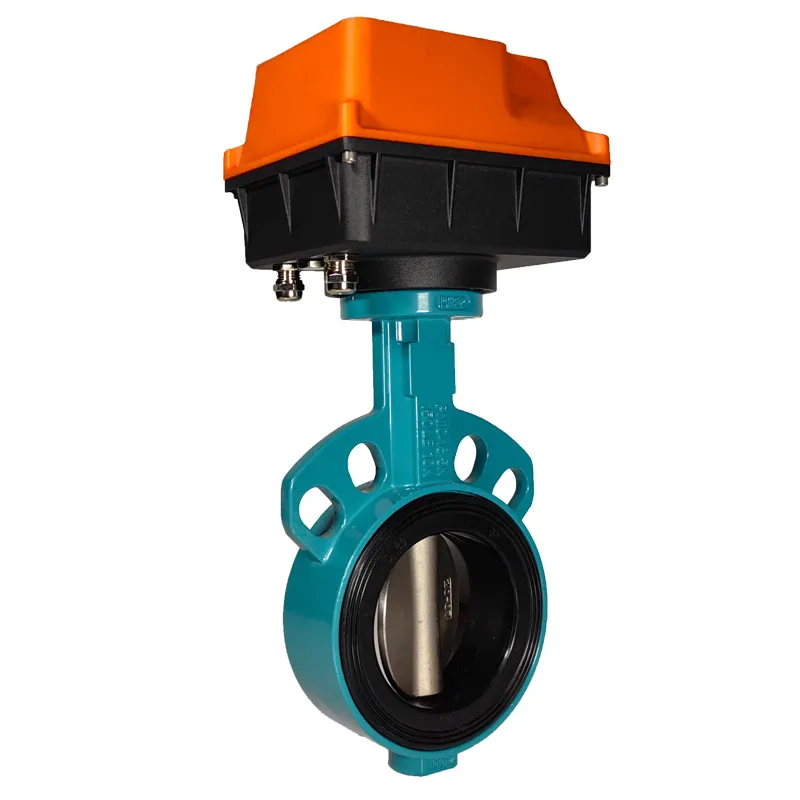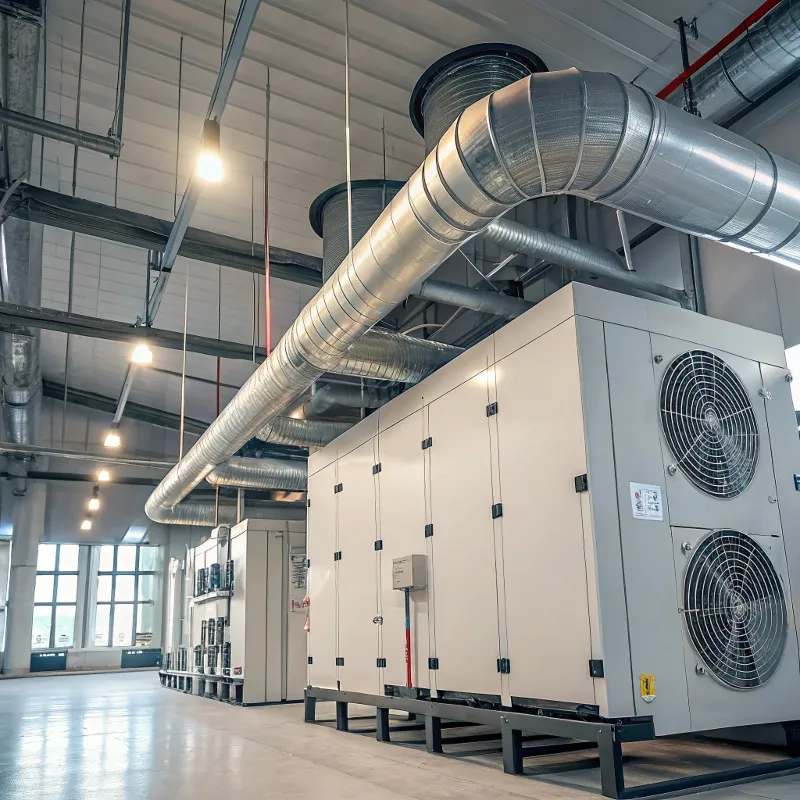Avoid your inquiry is delay response, please enter your WhatsApp/WeChat/Skype along with the message, so we can contact you at the very first time
We will reply you within 24 hours. If for urgent case, please add WhatsApp: +8613188899036, or WeChat: 0531-87968777. Or call 0531-87968777 directly.
* We respect your confidentiality and all information are protected. We will only use your information to respond to your inquiry and will never send unsolicited emails or promotional messages.
The world of industrial valves can be overwhelming. As someone who’s spent years in valve manufacturing, I often see confusion about powered valves among engineers and facility managers.
A powered valve is an automated valve system that uses electric, pneumatic, or hydraulic power to control fluid flow. It combines a standard valve body with an actuator that provides the force to open, close, or regulate the valve position.

Electric actuator controlling butterfly valve
Let me guide you through everything you need to know about powered valves, drawing from my extensive experience in manufacturing and implementing these crucial components.
Every day, I see facilities struggling with manual valve operations. That’s where motorised valves1 come in as game-changers.
Motorised valves automatically control the flow of liquids or gases using an electric motor. They can be operated remotely, programmed for specific schedules, or integrated into building management systems for automated control.
Last month, I helped a client upgrade their heating system with motorised valves. Their energy consumption dropped by 30%, and they no longer needed staff to manually adjust valves throughout the day. This experience perfectly illustrates why motorised valves are becoming increasingly popular in modern building management.
In my manufacturing facility, this is one of the most common questions I hear from new customers.
A valve is the mechanical device3 that controls flow by opening, closing, or partially obstructing passageways. An actuator is the mechanism that provides the force and motion to operate the valve. They work together as a system.

butterfly valve
The relationship between valves and actuators is like that of a door and its opener. The door (valve) is the barrier that controls access, while the opener (actuator) provides the force to move it. In my years of experience, understanding this distinction has helped countless customers make better decisions about their system requirements.
This question comes up in almost every consultation I have with new clients.
The three main types of valves are ball valves, globe valves, and butterfly valves. Each type serves different purposes and offers unique advantages in flow control applications.
I recently worked on a project where we needed all three types. We used ball valves for isolation, globe valves for precise control, and butterfly valves for the main distribution lines. This combination provided the optimal solution for the facility’s needs.
As a manufacturer specializing in butterfly valves, I’ve seen their applications evolve significantly.
Butterfly valves are designed for on-off and throttling services in large pipe systems. They’re especially popular in HVAC, water treatment5, and industrial processes due to their compact size, lightweight design, and cost-effectiveness.

HVAC system
In my experience, butterfly valves have proven particularly valuable in retrofit projects where space is limited. Last year, we helped a hospital upgrade their chilled water system, and butterfly valves were the perfect solution due to their compact design and reliable performance.
Powered valves are essential components in modern fluid control systems. Whether you choose ball, globe, or butterfly valves, pairing them with the right actuator creates an efficient, automated solution for your specific needs.